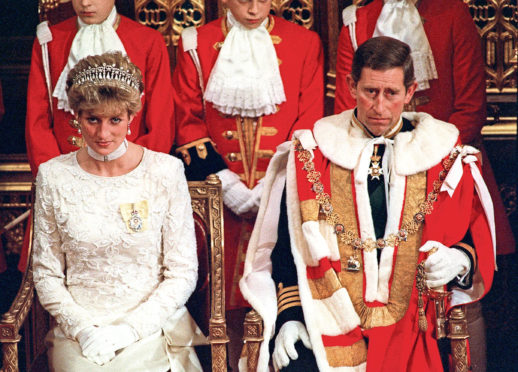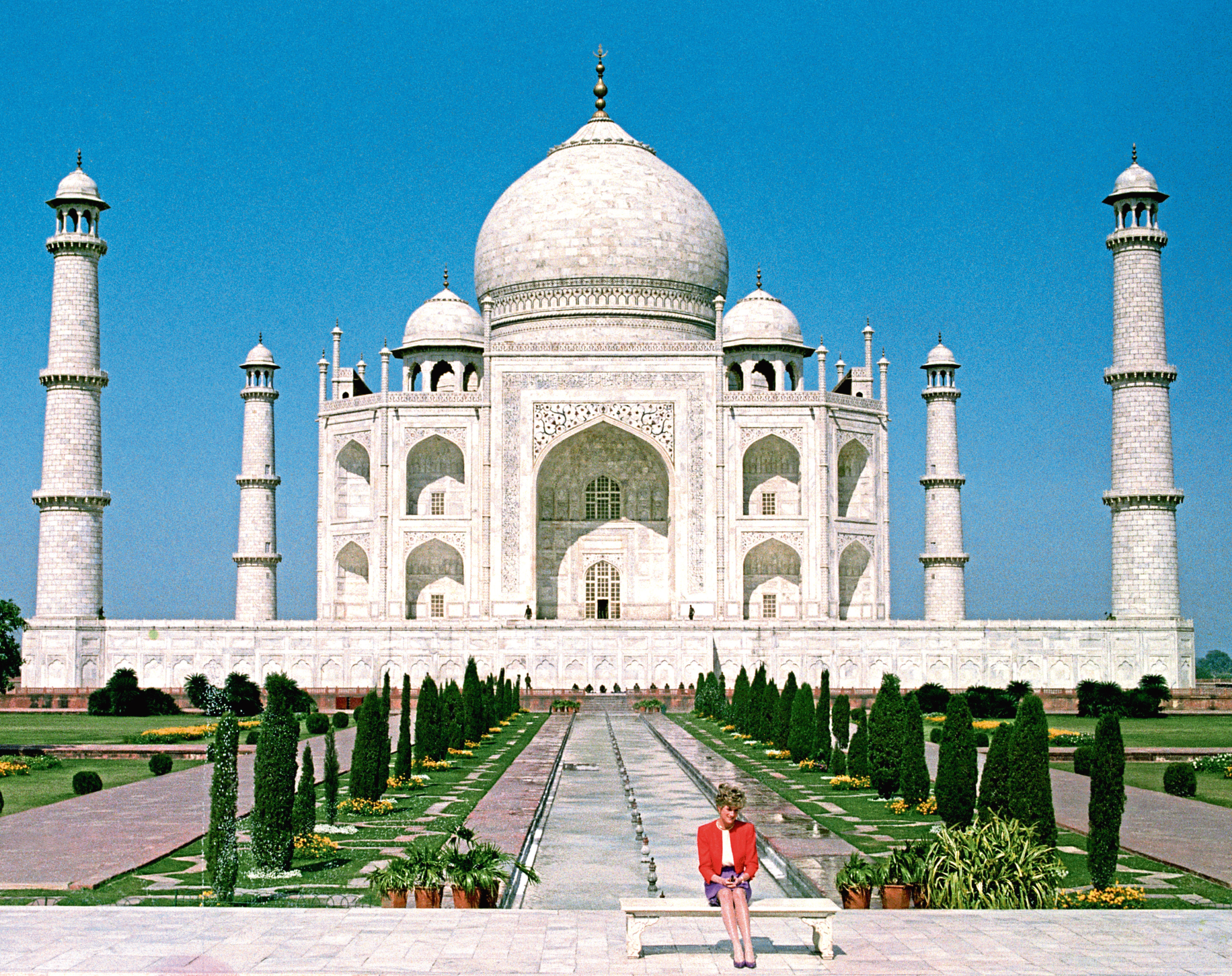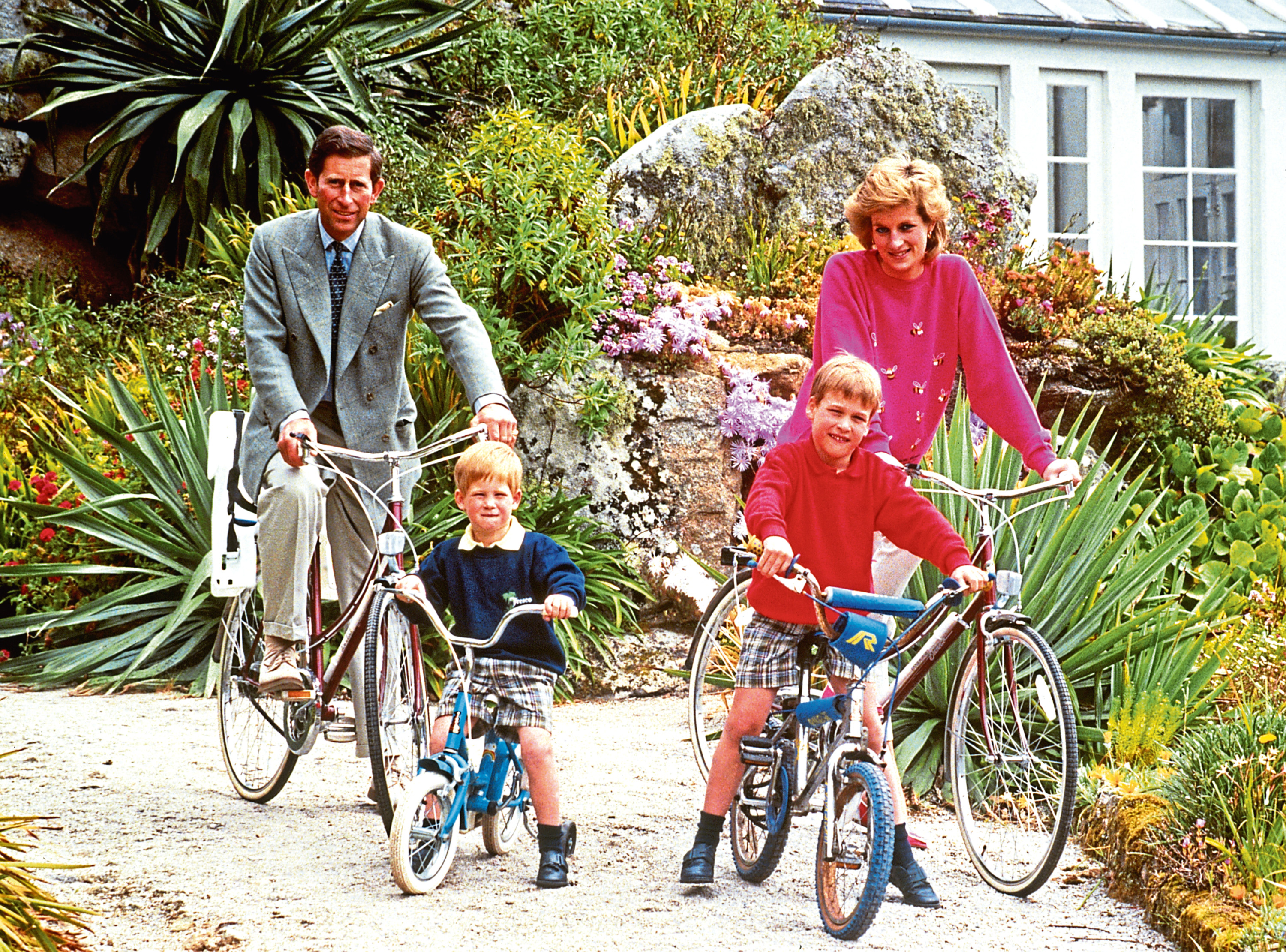
When Prince Harry was born, Diana and Charles appeared to be going through the happiest period of their marriage.
Just months earlier, the couple had travelled around the world, taking William with them to New Zealand and Australia, and everything in the garden seemed rosy.
When Harry arrived in September 1984, the only topic most people were discussing was how many more children they might have.
Sadly, behind the scenes there were a few things that troubled Diana even then, things that would only get worse in the years ahead.
It’s thought that Charles had met Camilla Rosemary Shand as early as 1971, when he was not far into his 20s.
In one of the ironies you often find in royal circles, where everyone knows everyone else, Andrew Parker Bowles had split up with Camilla and was going out with Princess Anne.
In years to come, Andrew and Camilla would have Anne, the Queen and others at their wedding, but for now Camilla was solo again and it’s interesting to wonder if the young Charles already felt as deeply about her as he would.
Friends say they did not, as once believed, meet at a polo match, but at the home of a friend.
They soon became close companions, and the romance was well-known among their small circle of friends.
Charles even met Camilla’s family and introduced her to some of the royals, but the whole thing came to an end when he joined the Royal Navy and went abroad in 1973.
There are differing lines of thought about why the split up had been so sudden and abrupt.
One claims that Lord Mountbatten, his great-uncle and a man Charles always listened to, wanted to get him paired off with his own granddaughter.
Wanted it so badly, in fact, that he had gone to some trouble to ensure Charles was sent overseas, as far from Camilla as possible.
To one insider, however, it was simply a case of the young and impetuous Charles not thinking about things properly.
He had rushed into the whole Navy thing and forgotten to ask Camilla to wait for his return, while others believe the Queen Mother wanted him to marry one of the Spencer girls and disapproved of Camilla.
For those who knew Camilla better than they knew Charles, it was well-known that she had been seeing Andrew Parker Bowles on and off since the 1960s.
He, they reckoned, was the man she loved, rather than Charles.
Yet others say Charles never had any intention of marrying anyone until he was at least into his 30s.
What he definitely did get from Lord Mountbatten, however, was very old-school advice about his love life. The sort of advice that would be deemed rather politically incorrect today.
Mountbatten told Charles: “The man should sow his wild oats and have as many affairs as he can before settling down, but for a wife he should choose a suitable, attractive and sweet-charactered girl before she has met anyone else.
“It is disturbing for women to have experiences if they have to remain on a pedestal after marriage.”
Whatever really went on to end their first spell together, there is no doubt that Charles began seeing Camilla again, after he had married Diana, a girl who really did fit Mountbatten’s criteria exactly.
Some believe Charles and Camilla were an item again by 1980 but royal staff have claimed it was even earlier than that, and there was also the extraordinary claim that Andrew Parker Bowles had approved of their affair.
It’s thought he, too, had numerous lovers during their marriage.
It would only be with the book Diana: Her True Story in 1992 that the general public would get to learn anything about this.
The whole thing seriously damaged Charles’ image among the population, although Diana would admit she also had affairs.
In later years, Charles would concede that the marriage had “irretrievably broken down” in 1986.
It’s fair to say things were already very, very bad before that.
For Harry, just a baby, and William not much older, you can see why both Princes have recently revealed they had plenty of troubles and sought help to deal with the chaos.
Just imagine how their mother felt, although some believe she could have done with some proper advice at the very start of the whole thing.
Even Charles’s own relatives apparently remarked to him that it seemed a bit odd, with Diana clearly overawed by the whole idea of marrying him while he was seemingly detached.
Charles never seemed to be head over heels in love.
But then again, as a future King he has always been a bit distant and not one to show his feelings in public.
Another irony is that, if Lord Mountbatten’s advice had swayed him into marrying for the wrong reasons, his own father’s advice may have done likewise.
The Duke of Edinburgh had warned him that Diana’s reputation would be damaged if he didn’t marry her soon, and some reckon Charles felt he had to rush into things.
All of which, in hindsight, means we shouldn’t be so shocked that the marriage was starting to disintegrate after just five years.
Their incompatibility appears to be obvious when you look at the photos now, not to mention the considerable difference in ages and interests.
When Diana started seeing Major James Hewitt, once the family’s riding instructor, the tension behind the scenes must have been unbearable.
Little wonder the media started calling them The Glums and if the tapes of her flirtatious chats with other men caused a sensation, they must have caused hell on earth behind closed doors.
It was in December 1992 that Prime Minister John Major was left with the kind of task most British leaders would probably never have thought about in their worst nightmares.
With tapes of Charles and Camilla also emerging, Major had to announce Charles and Diana’s formal separation in Parliament.
The media tore into Camilla, Charles’ reputation took a thumping, and Diana was the one who got most of the sympathy.
In 1995, Camilla and Andrew would finally divorce after a lengthy time apart.
Diana, meantime, had shown she could make a massive impact by using her huge profile to draw attention to things she cared about.
When she hugged a seven-year-old with AIDS during a tour of Harlem Hospital Center, it grabbed praise from around the world.
During an Indian tour in 1992, Diana also posed for the unforgettable photo of her sitting alone in front of the Taj Mahal.
If Diana and those around her were keen on portraying her in a way that would earn more sympathy and demonstrate the goodness of the woman and a mother, along with the sadness of her life, they were incredibly successful at it.

Enjoy the convenience of having The Sunday Post delivered as a digital ePaper straight to your smartphone, tablet or computer.
Subscribe for only £5.49 a month and enjoy all the benefits of the printed paper as a digital replica.
Subscribe

